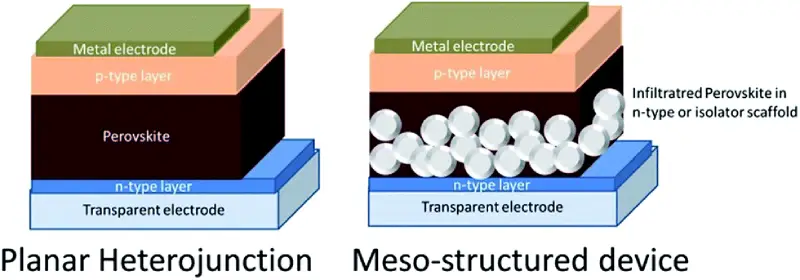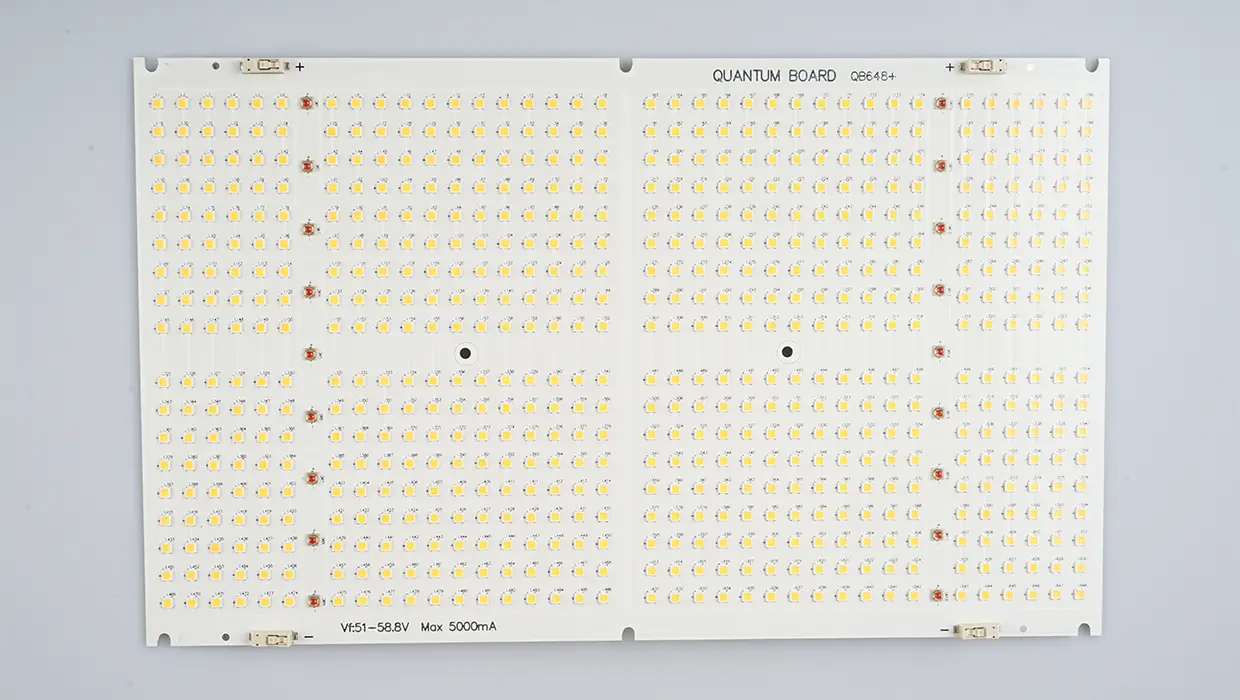Solar street lights have become a heated topic in recent years for street light construction. For remote areas where energy is limited, solar lights seem to be an ideal choice for illumination. Solar lights don’t need any cables and are thus easy to install, which also reduces the danger of electricity. Solar street lights are also energy-saving, as they obtain their energy by storing sunlight. В этом процессе, the solar panel for street lights plays an important role. Since the 1970s, when the solar street lights first showed up, the panels have gone through several technological breakthroughs. Read this passage to learn about the different types of panels, their pros and cons, and the newest ones!
The development of the solar panel for street lights
If the conversion efficiency can be as high as possible, it will be one of the most significant advantages of the solar lights. So people keep inventing new solar panels to balance the performance and the costs. The development of solar technology has roughly experienced three stages: the first generation of solar panels mainly refers to monocrystalline silicon and polysilicon silicon solar panels, whose photoelectric conversion efficiency in the laboratory has reached 25% и 20.4%, соответственно; the second generation of solar panels mainly includes amorphous silicon thin film panels and polycrystalline silicon thin film panels. The third generation of solar panels mainly refers to some new concept panels with high conversion efficiency, such as perovskite panels, dye-sensitized panels, and quantum dot panels.
The first generation of solar panel for street lights
Monocrystalline silicon solar panel

Among the silicon-series solar panels, the conversion efficiency of monocrystalline silicon solar panels is the highest. Также, they have the most mature technology because they have gone through years of research and development.
Monocrystalline silicon solar panels have gained high performance owing to high-quality materials and sophisticated processing technology. Сейчас, the monocrystalline silicon panel technology is nearly mature in panel production, generally using surface texture, emission zone passivation, zoning doping, и другие технологии. And the development of the panel mainly consists of plane monocrystalline silicon panels and slot-buried gate electrode monocrystalline silicon panels. Surface microstructure treatment of monocrystalline silicon and zonal doping technology are two main reasons for the improvement of the solar panels’ conversion efficiency.
Monocrystalline silicon solar panel conversion efficiency is undoubtedly the highest in large-scale applications, and industrial production still occupies a dominant position, but due to the price of monocrystalline silicon materials and the corresponding cumbersome panel process, monocrystalline silicon has a high cost.
Polycrystalline silicon solar panels
Polysilicon silicon is cast by directional solidification. Its crystallization speed and production capacity are much faster than those of monocrystalline silicon.
Due to the existence of grain boundaries and the rapid growth rate of crystals, the quality uniformity of polysilicon silicon is poor. The concentration of impurities and defects at the grain boundaries is high. Кроме того, the conversion efficiency of the polysilicon silicon panel is also lower than that of the monocrystalline silicon panel. That is because the crystalline orientation of the polysilicon silicon grains is inconsistent, so it is hard to form an effective suede surface through anisotropic chemical corrosion method. В последние годы, with the deepening of people’s understanding of polysilicon silicon materials, they improved the treatment of polysilicon silicon materials and panel technology. Таким образом, the conversion efficiency of polysilicon silicon panels has been rapidly improved. The conversion efficiency of large-scale industrial production can also reach more than 14%.
The second generation of solar panel for street lights
Thin film solar cells are a new type of photovoltaic device to alleviate the energy crisis. They are not only efficient energy products but also a new type of material that can perfectly combine with buildings. The production of thin film solar cells can use only cheap materials as substrates, such as ceramic, metal sheets, graphite, и так далее. Through this process, the film can generate only a few m of voltage. Кроме, its current conversion efficiency can reach up to 13%.
Thin film solar cells have a wide application. Besides being used as a plane, it can also form a non-plane structure. This flexibility has made it possible for the thin film solar cells to combine and become a part of the buildings.
Thin film solar cell module consists of a glass substrate, a metal layer, a transparent conductive layer, an electrical function box, adhesive material, a semiconductor layer, и так далее. In a chemical panel, there is a chemical reaction happening on the two electrodes, соответственно. The oxidation and reduction occur spontaneously, which convert the chemical energy into electrical energy.
Thin film solar cells have excellent resistance to humidity, heat, and cold weather. Customers in various regions around the world like them for their environmental adaptability. Thin film solar cells have an outdoor service life of as long as 20 years and can resist extreme weather conditions. No matter if you are in cold and dry European areas at high latitudes or in hot and humid equatorial regions, the thin-film solar cells can both work as normal.
The third generation of solar panel for street lights

We will talk about the perovskite solar cell as the representative product of the third generation of new concept panels. Perovskite crystals have an ABX3 structure, generally a cube or octahedral structure. The perovskite layer absorbs photons to produce electron-hole pairs when exposed to sunlight. The carriers in the perovskite cells can diffuse over a long distance and have a long lifespan because the perovskite materials usually have a lower carrier recombination probability and higher carrier mobility. Unrecombined electrons are transferred from the perovskite layer to the isoelectron transport layer and then collected by ITO (indium-tin oxide). The holes are transported from the perovskite layer to the hole transport layer. Окончательно, they are collected by a metal electrode, which generates a photocurrent. This process happens by means of a circuit connected to an FTO (conductive glass, fluorine-doped tin oxide) and a metal electrode.
The perovskite material has an adjustable band gap and high theoretical efficiency. Perovskite is a synthetic material; according to different material ratios, there can be various band gaps, and it can become a laminated battery with crystalline silicon. The perovskite process is greatly shorter than that of the crystalline silicon cells, and the investment per GW of capacity is lower. In a single plant, the raw materials are processed directly into Perovskite components, greatly reducing the processing time.
Выводы
The monocrystalline silicon solar panel has a very high conversion efficiency, but the price is expensive. In the process of solar panel development, people try to decrease the costs and, в то же время, keep the coverage efficiency at a relatively high level. As the solar panel develops, the light source also keeps evolving. The newest technology is LED lights, which are needed by almost every solar light. And you can find the best LED lights at Mokolight, which will definitely go well with your solar lights. Mokolight has over 17 years of experience and has obtained certifications like CE and ISO. Don’t hesitate to contact us for the most satisfying service and products of the highest quality!




